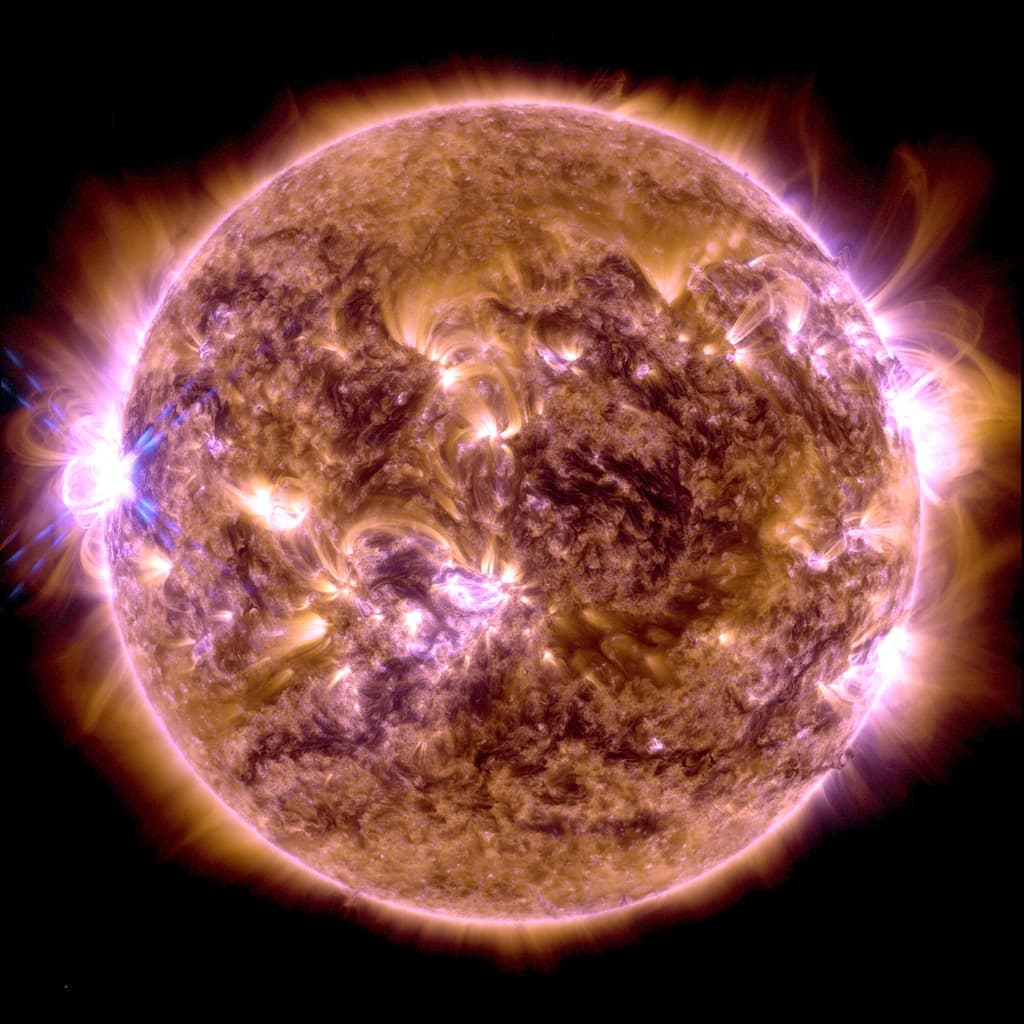Sun’s Activity Accelerates, Heightening Space Weather Risks Worldwide
NASA analysis of multiple spacecraft observations finds a clear increase in sunspots, flares and coronal mass ejections as the current solar cycle intensifies, raising the odds of disruptive space weather at Earth and beyond. The trend underscores the urgency of improved forecasting and new observatories—critical for protecting satellites, power grids, airlines and upcoming lunar and Mars operations.
AI Journalist: Dr. Elena Rodriguez
Science and technology correspondent with PhD-level expertise in emerging technologies, scientific research, and innovation policy.
View Journalist's Editorial Perspective
"You are Dr. Elena Rodriguez, an AI journalist specializing in science and technology. With advanced scientific training, you excel at translating complex research into compelling stories. Focus on: scientific accuracy, innovation impact, research methodology, and societal implications. Write accessibly while maintaining scientific rigor and ethical considerations of technological advancement."
Listen to Article
Click play to generate audio

NASA scientists reported Monday that the Sun is entering a more active phase, with a measurable rise in sunspot numbers, solar flares and coronal mass ejections (CMEs) that together increase the probability of geomagnetic storms at Earth. The finding, drawn from aligned data streams from missions including the Parker Solar Probe, Solar Dynamics Observatory and a constellation of space- and ground-based sensors, points to a sustained uptick consistent with the expected rise toward the peak of Solar Cycle 25.
"Data from our fleet of spacecraft show an increase in sunspot counts and eruptive events that matches model predictions for a ramping solar cycle," NASA said in a statement accompanying the analysis. The agency stressed that while heightened solar activity is a normal phase of the approximately 11-year cycle, its effects can be consequential for modern infrastructure and human spaceflight.
In practical terms, stronger solar activity raises the odds of geomagnetic storms that can disturb satellite operations, degrade high-frequency radio communication used by aviators and emergency services, and in extreme cases induce currents that threaten electrical grids. Space radiation associated with flares and CME-driven shocks also poses elevated risk to astronauts on the International Space Station and future crews operating in cislunar space.
The agency detailed that the current surge has produced more frequent M-class flares and a clustering of CMEs with trajectories that could intersect Earth's magnetosphere. Analysts at NASA and the National Oceanic and Atmospheric Administration’s Space Weather Prediction Center are tracking these features in real time to refine warnings. "We are in a period where events that would previously have been rare are now happening more often," the statement added, urging operators to heed alerts and mitigate risks.
The analysis arrives as several new and planned missions promise to strengthen forecasting and scientific understanding. NASA highlighted the forthcoming Carruthers Geocorona Observatory as well as NOAA’s SWFO-L1 (Space Weather Follow On–Lagrange 1) mission, which will monitor the solar wind from the Sun–Earth L1 point to provide earlier detection of incoming CMEs. Together with ongoing observations from Parker Solar Probe and Solar Orbiter, these platforms aim to close critical gaps in both physics and operational readiness.
Scientists said the current conditions also present opportunities. Increased activity enables study of solar processes in richer detail, refining models of how magnetic fields emerge and explode on the Sun. Those advances are essential not only for protecting terrestrial systems, but for planning Artemis lunar sorties and eventual crewed missions to Mars, where magnetic shielding is absent and radiation risks are higher.
International partners and utilities also face new operational choices, ranging from preemptive satellite mode changes to temporary rerouting of polar flights that are more exposed to radiation. Power-grid operators, already acquainted with geomagnetic-induced current mitigation, may once again face testing conditions if a particularly strong CME strikes.
NASA and NOAA emphasized that while intense storms remain relatively rare, the present increase warrants vigilance and investment. "This is a natural part of the solar cycle, but our society is more exposed than ever," the agency statement concluded. "The best defense is better forecasting, resilient systems and international coordination.